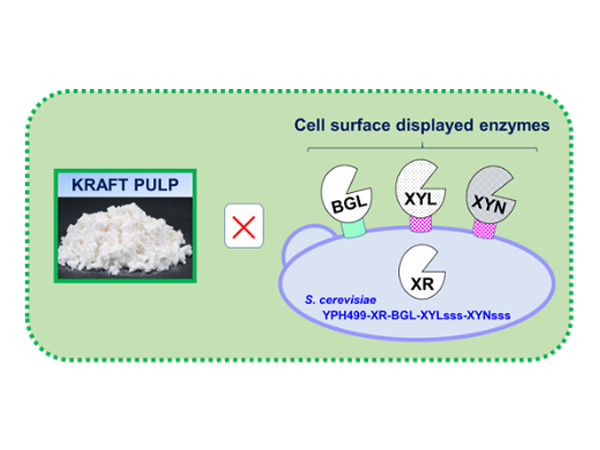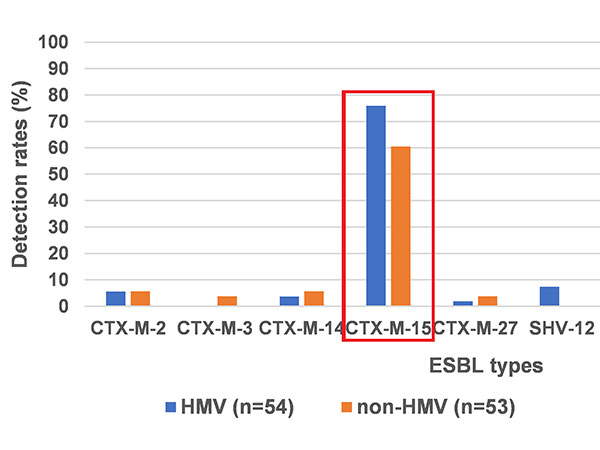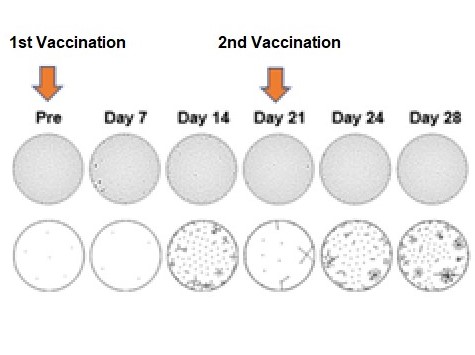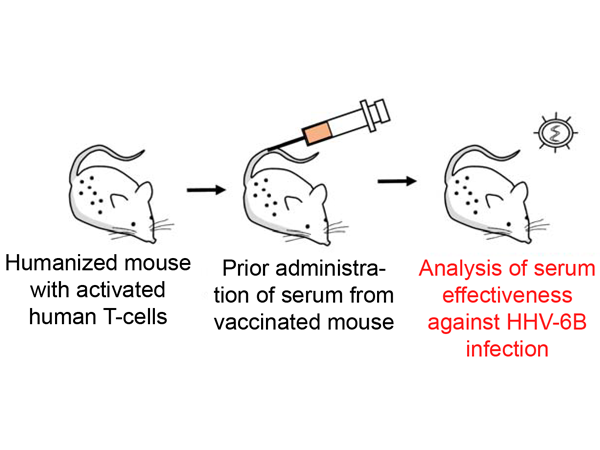An entirely new approach to inhibiting DNA-cleaving enzymes works through the aggregation of an otherwise non-toxic molecule. This Kobe University discovery may lead to a much-needed method for curbing Streptococcus growth.
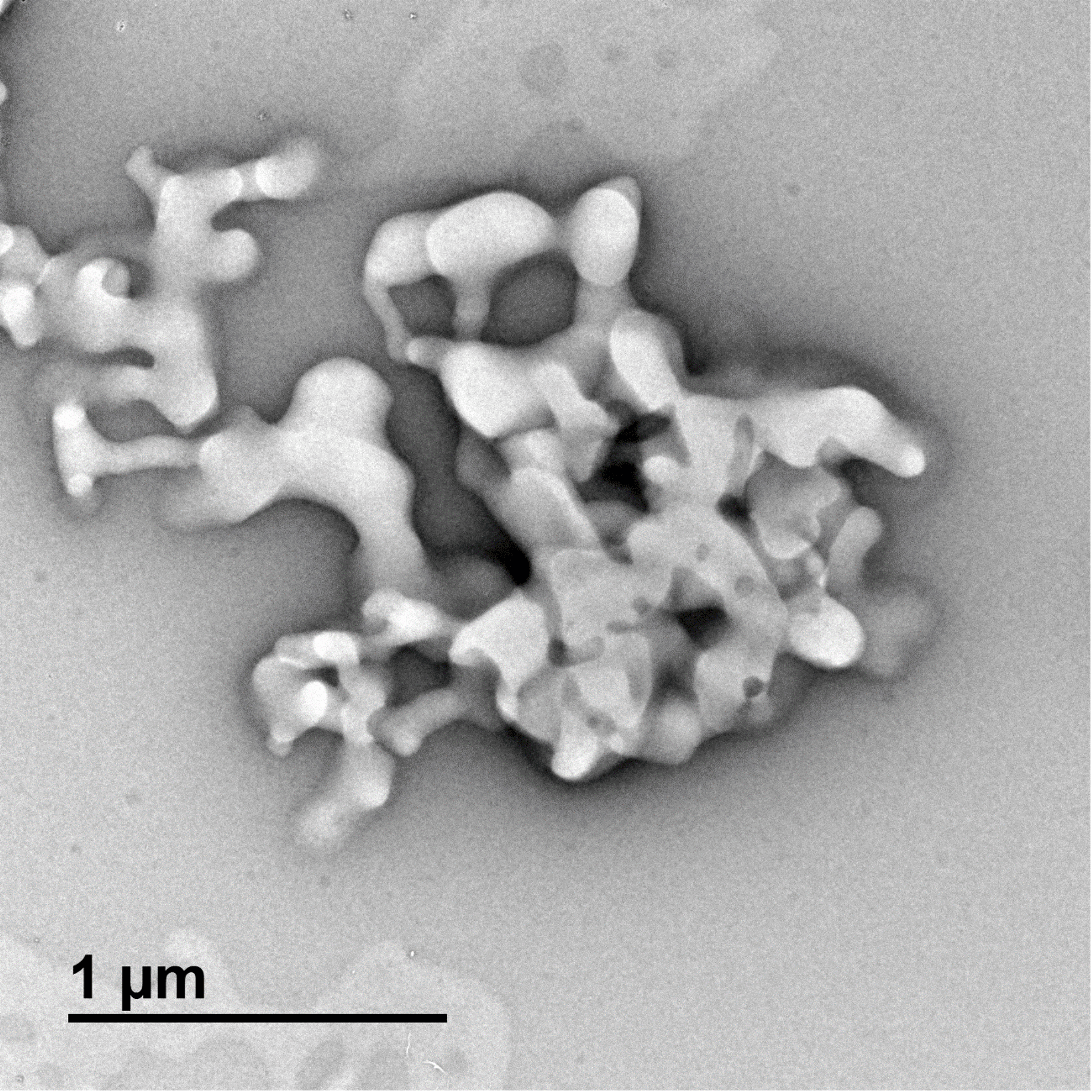
Enzymes are the body’s tools to make almost all reactions happen. But the same is true for bacteria like Streptococcus, which causes toxic shock syndrome, a rapidly progressing and deadly condition. When the body’s white blood cells try to capture the bacteria by casting nets made out of their own DNA, Streptococcus uses a DNA-cleaving enzyme to cut through the net. Blocking this enzyme has been a hot target for the development of drugs for the fight against the disease, but nothing has been found that is specific to the DNA-cleaving enzyme and that doesn’t harm the body in other ways.
Kobe University biochemical engineer MARUYAMA Tatsuo thinks he and his team may have found an approach. While doing research on a drug called “Mn007,” they noticed that it had the ability to inhibit a bovine DNA-cleaving enzyme that is functionally very similar to the one used by Streptococcus. Maruyama explains: “It was a coincidence, but we discovered that only aggregates (“clumps”) of Mn007 inhibit the enzyme. This is a completely new mechanism for inhibition and so we decided to investigate if this might be a promising candidate for the treatment of streptococcal infections.”
Their results, published in the journal JACS Au, are promising and curious. They first confirmed that it is really only aggregates that inhibit the enzyme, that the action is specific to this particular DNA-cleaving enzyme, and that it is not mediated by interaction with the DNA or other substances. Next, the Kobe University team made sure that Mn007 could also inhibit the bacterial enzyme. And finally, they tried whether this could, in principle, be applied to Streptococcus infections. Knowing from previous studies that Mn007 is not toxic to the body’s cells, they grew the bacteria in human blood containing white blood cells and added Mn007 to some of the samples. And indeed, when the drug was present, the bacteria showed significantly less growth than without it, indicating that aggregates of Mn007 helped the white blood cells reign in the bacteria’s growth.

These lab studies open an exciting door to further research. First, even though they discovered a completely new mechanism of inhibiting the activity of the DNA-cleaving enzyme, also called a “DNase,” nobody knows yet what this mechanism behind the specific inhibition by the aggregates is. Maruyama says, “Currently, the research group is trying to understand how Mn007 aggregates interact with the DNase and inhibit its enzymatic activity by simulating the behavior of the molecule.”
But a bigger question looms on the horizon: whether the drug can actually be applied as an effective treatment. The researchers write hopefully: “Mn007 would be the first case of a DNase inhibitor applied for therapeutic use. Because Streptococcus pyogenes infections worsen rapidly (within a few days), even temporary suppression of bacterial growth would significantly improve patient outcomes.” They close by saying, “We believe that molecular aggregation will provide a rational approach for the discovery and development of novel inhibitors for those enzymes, leading to a new strategy in drug development.”
Acknowledgements
This research was funded by the Japan Society for the Promotion of Science (grants 19H05458, 23H01774, 21K14471, 21H02885, 23H02634), the Japan Agency for Medical Research and Development (grants JP24ek0109691, JP22bm0804028h0002, JP23fk0108675, JP23fk0108607, JP23wm0325037, JP23gm1610013), the Nakatani Foundation for Advancement of Measuring Technologies in Biomedical Engineering (grant 2022S230), and the Toyota Physical and Chemical Research Institute. It was conducted in collaboration with researchers from Fujita Health University and Nagoya City University.
Original publication
K. Morita et al.: Molecular Aggregation Strategy for Inhibiting DNases. JACS Au (2024). DOI: 10.1021/jacsau.4c00210
Release on EurekAlert!
Clumps of this molecule inhibit strep’s DNA-cleaving enzymes






